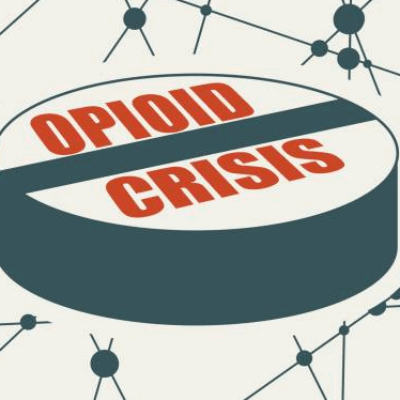Opioid Abuse by the Numbers

Community Service Board of Middle Georgia (CSBMG)
The opioid epidemic continues to devastate communities across the United States. Recent data show that nearly 11% of U.S. adults reported nonprescription opioid use within the past 12 months (Estimates of Illicit Opioid Use in the U.S., 2023). Of this population, 7.5% reported using illicitly manufactured fentanyl (IMF). Use was found to be higher among men, younger individuals, and Black respondents. These findings reveal that illicit opioid use—especially fentanyl—is more widespread than previously estimated.
Notably, an analysis of the National Survey on Drug Use and Health (NSDUH) revealed that in 2022, 3.7% of U.S. adults used opioids and required treatment for opioid use disorder (OUD) (Treatment for Opioid Use Disorder: Population Estimates, 2023). Other findings show that heroin use nearly doubled between 2002 and 2018, rising from 0.17% to 0.32% (Reported Heroin Use, 2019).
First Exposure and Risk Factors
Among those reporting nonprescription opioid use in the past year, 39% reported their first use involved opioids prescribed directly to them, while 36% first used prescription opioids not prescribed to them. Only 25% reported their first opioid use involved illicit opioids (Estimates of Illicit Opioid Use in the U.S., 2023). Concerningly, nearly 5% of respondents said they believed it was very likely they would overdose, a rate that jumped to 33% among fentanyl users.
Implications for Providers
The data carry important implications for behavioral health providers. With one in ten adults reporting opioid use in the past year—and one in twenty at high risk for overdose—provider organizations must respond with comprehensive prevention and treatment strategies. The estimated costs are staggering: opioid use disorder is projected to cost $695,000 per person in 2022, including both healthcare expenses and quality-of-life losses (Opioid Use Disorder Estimated to Cost, 2022).
Medication-Assisted Treatment (MAT) and Hybrid Care
Medication-assisted treatment (MAT)—including buprenorphine, methadone, and naltrexone—remains the “gold standard” for treating OUD (Buttlaire, 2025). Integrating MAT across residential, outpatient, and community settings can improve both health outcomes and financial sustainability for organizations. Dr. Stuart Buttlaire emphasizes the need for provider systems to adopt hybrid models of care, combining in-person, community-based, and digital supports to enhance accessibility and reduce costs. Hybrid approaches have proven especially valuable for rural and justice-involved populations.
Integrated Care and Value-Based Models
Whole-person care models are also critical. Many individuals with OUD face co-occurring medical and psychiatric conditions. Programs that integrate substance use treatment with behavioral and primary health care—particularly for transition-aged youth, pregnant women, and individuals reentering the community—will see increased demand and opportunities for funding (Buttlaire, 2025).
As the landscape shifts toward value-based contracting, organizations are encouraged to strengthen partnerships with payers and health systems, ensuring that outcomes such as consumer engagement, retention, and reduced emergency department use are measured and demonstrated. Those who can deliver integrated, evidence-based care will be well-positioned for long-term success.
References
Buttlaire, S. (2025). Strategic opportunities for addressing opioid addiction: MAT, hybrid care, and integrated models. OPEN MINDS Circle Market Intelligence Service.
Estimates of illicit opioid use in the U.S. (2023). Substance Abuse and Mental Health Services Administration (SAMHSA).
Opioid use disorder estimated to cost $695,000 per person in 2022, with $163,000 for costs to external stakeholders & the rest for lower quality of life. (2022). OPEN MINDS Industry Library.
Reported heroin use, use disorder, and injection among adults in the United States, 2002–2018. (2019). National Institutes of Health (NIH).
Treatment for opioid use disorder: Population estimates. (2023). Results from the 2022 National Survey on Drug Use and Health: Detailed Tables.
